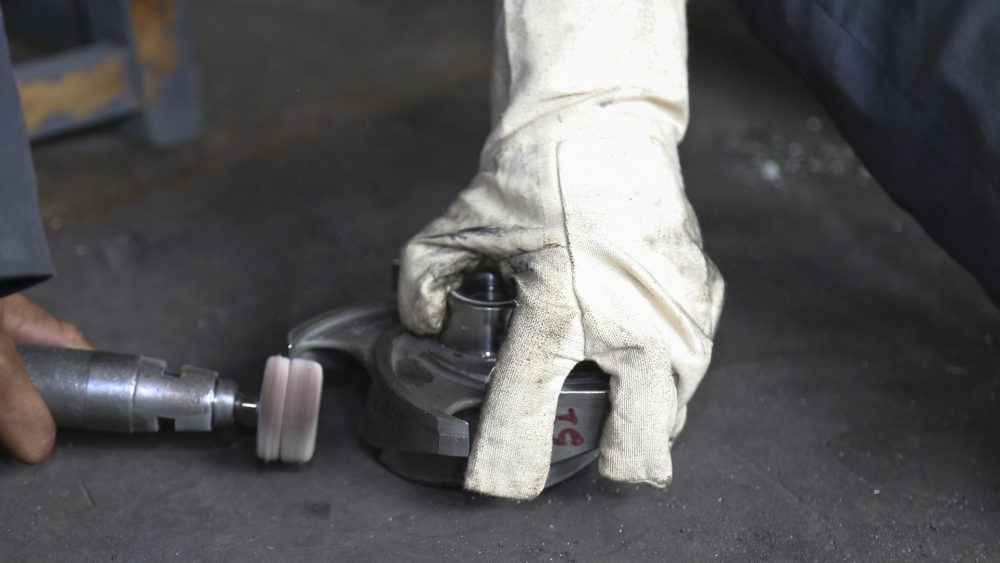Your hands are one of the most complex parts of the human body, a combination of tendons, bones, tissues, and nerves work together to help your hands accomplish some amazing, complex jobs. Your hands help make you a valuable, skilled worker, without the full use of your hands it can be extremely difficult to do everyday tasks. So let’s take some time to touch on hand injuries in the workplace and how to prevent them.
Hand injuries can include a number of injuries, including burns, bruises, cuts, abrasions, punctures, fractures, amputations, and chemical exposure to the hand. The U.S. Bureau of Labor Statistics reported the following:
- Hand injuries are the second most common work-related injury, and the most preventable
- 70% of workers who suffered hand injuries were not wearing gloves
- Hand injuries send more than one million workers to the ER each year
- 110,000 lost-time hand injuries occur every year
- 20% of disabling workplace injuries involve the hands
A troubling trend in the construction industry is that the most common injuries that occur in the workplace are also the easiest to prevent. The average cost of a hand injury claim is over $6,000, and the cost of a single injury on the job can easily outweigh the cost of acquiring proper protective equipment.
Prevention
There are a number of ways to help protect yourself and prevent hand injuries in the workplace, including personal protective equipment, procedures, safeguards, and tools. Below is a quick list of tips to help avoid hand injuries:
- Never remove machine safeguards or operate machinery with missing safeguards
- Be careful of loose clothing or jewelry that may be caught in moving machinery
- Be aware of hot areas, pinch points, and rotating or moving surfaces
- Know the hazards and dangers of any task before doing it
- Be cautious of automated machinery that may be controlled by remote control, or delayed timing devices that may cause the machinery to start unexpectedly
- Use tools such as push sticks to help limit your exposure to danger
- Use gloves that are appropriate for the task
- Do hand exercises before and between tasks to help build hand strength and prevent injury from repetitive motions
Personal Protective Equipment (PPE)
Protective equipment such as gloves are made for just about any task or occasion, some types of gloves include:
- Insulated gloves to protect from hot objects
- Cut-resistant gloves to reduce or prevent cuts from knives or sharp edges
- Anti-vibration gloves can help reduce the effects of excessive vibration from machinery or tools
- Chemical-resistant gloves help prevent contact with chemicals
- Electrically insulated gloves can be used to handle live wires or energized electrical equipment
- Combination (ie: Stainless steel mesh or Kevlar)
Gloves are an essential part of preventing hand injuries, but not all gloves are created equal and there is no one glove to cover all situations. It is important that you use a pair of gloves that fit properly, are suited to the task at hand, and are tested for wear and damage before use. It is also important to get a pair of gloves that properly fits you, as a loose pair of gloves can create a hazard of their own.
You get one pair of hands, and doing even simple tasks without them can be very difficult, take care of them!


Comments are closed.